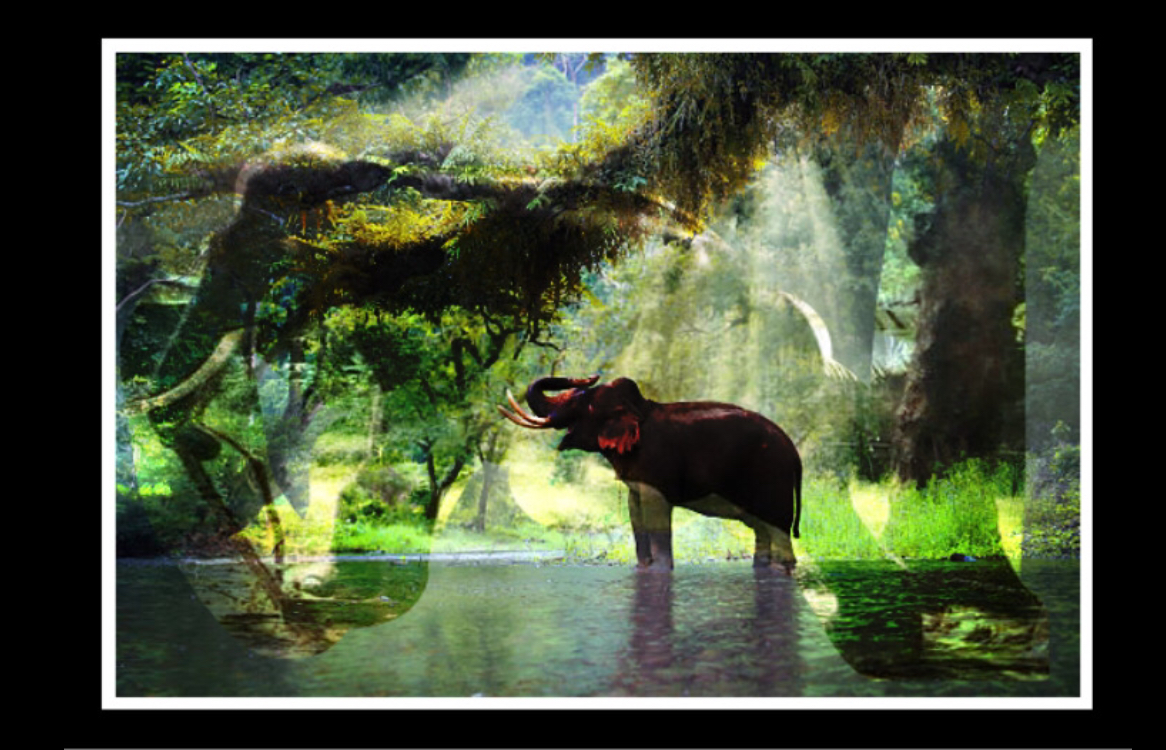The Center for Environmental Justice (CEJ), its Executive Director Hemantha Withanage, Attorney-at-law Sanjaya Edirisinghe and animal rights activist Panchali Madurangi Panapitiya filed this petition naming Prime Minister Mahinda Rajapaksa, Minister of Wildlife and Forest Conservation C.B. Ratnayake and the Attorney General as respondents.
The petitioners are seeking a declaration that the rule of law of the country will be seriously affected if the Cabinet is allowed to implement the joint memorandum, to dismiss all ongoing legal proceedings pertaining to the possession of captured baby elephants without a valid license.
The petitioners state that on March 12, 2021, the Minister of Buddhasasana, Religious and Cultural Affairs and the Minister of Wildlife and Forest Conservation have put forward a joint Memorandum which has proposed to transfer the possession of illegally captured baby elephants and possessed without a valid license, that is now in the custody of the Department of Wildlife Conservation (DWC) pending investigations and court cases, back to their captors subject to certain conditions. This memorandum also proposes dismissing ongoing legal proceedings through a nolle prosequ (no longer pursue the matter).
The petitioners stated that possession of an unregistered elephant is a punishable offence in Sri Lanka, and it is reported that since 2015, the Department of Wildlife has been able to uncover 30 cases of unregistered elephants.
They said Elephants kept in captivity are deemed to be public property, and the provisions of the Offences against Public Property Act, No. 12 of 1982 shall apply against those who are violating the law.
Petitioners state that there is a thriving illegal business to capture elephant calves from the jungle and illegal trafficking because of the millions of rupees involved in this trade. Elephant trafficking had become a lucrative business for some individuals and in some prosecution cases; the value of an elephant has been quoted as Rs. 15 million -Rs. 20 million.
The petitioners further state that information on an elaborate elephant trafficking racket first came to light during an audit inquiry made by the Auditor General’s Department in 2013. The gravity of the issue was driven home with the discovery that some of these rackets are being carried out with the connivance of some of the very officers of the Department of Wildlife who are in charge of the protection of these animals.
The petitioners state that the Asian elephant (Elephas maximus), also called the Asiatic elephant, is the only living species of the genus Elephas and is distributed throughout the Indian subcontinent and Southeast Asia. Sri Lankan elephants (Elephas maximus Maximus), which is a subspecies of the Asian elephant is the most iconic animal in Sri Lanka and occupy an important place in the local culture and ecosystem.
Petitioners state that this animal has been listed as “Endangered (EN)” by the International Union of Conservation (IUCN) because of a population size reduction inferred to be at least 50% over the last three generations, based on a reduction in its area of occupancy and the quality of its habitat. Although there are some accurate data on historical population size, from what is known about trends in habitat loss/degradation and other threats including poaching, an overall population decline of at least 50% over the last three generations (estimated to be 60–75 years worldwide).
Petitioners state that the major threat to elephants in Sri Lanka is habitat loss and fragmentation through conversion to settlements and permanent cultivation. The influx of people into areas inhabited by elephants results in increased interaction and conflict, leading to the death of over 200 elephants annually. Most of these elephant deaths are caused by gunshot injuries from farmers defending their crops, trap guns and ‘Hakka-patas’ (a small pressure mine concealed in fruits or vegetables, which shatters the jaw on being bitten down).
Furthermore, there is an unconventional market for elephant tusks, elephant’s hair and baby elephants for domestication and this has created a deadly environment for the tuskers and baby elephants.





